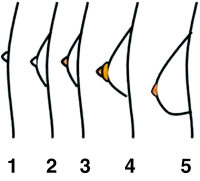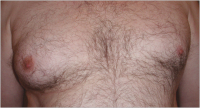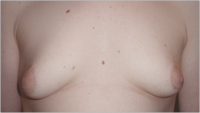| Jacobeit JW, Kliesch S | ||||||||||||||||||||||||||||||||||
|---|---|---|---|---|---|---|---|---|---|---|---|---|---|---|---|---|---|---|---|---|---|---|---|---|---|---|---|---|---|---|---|---|---|---|
|
DFP/CME: Diagnostik und Therapie der Gynäkomastie. Nicht jede Brustdrüsenvergrößerung des Mannes ist eine Gynäkomastie, aber jede Gynäkomastie ist abklärungsbedürftig.
Journal für Reproduktionsmedizin und Endokrinologie - Journal of Reproductive Medicine and Endocrinology 2009; 6 (2): 63-67 Volltext (PDF) Summary Praxisrelevanz Abbildungen
|
||||||||||||||||||||||||||||||||||

Verlag für Medizin und Wirtschaft |
|
||||||||
|
Abbildungen und Graphiken
|
|||||||||
| copyright © 2000–2025 Krause & Pachernegg GmbH | Sitemap | Datenschutz | Impressum | |||||||||
|
|||||||||




